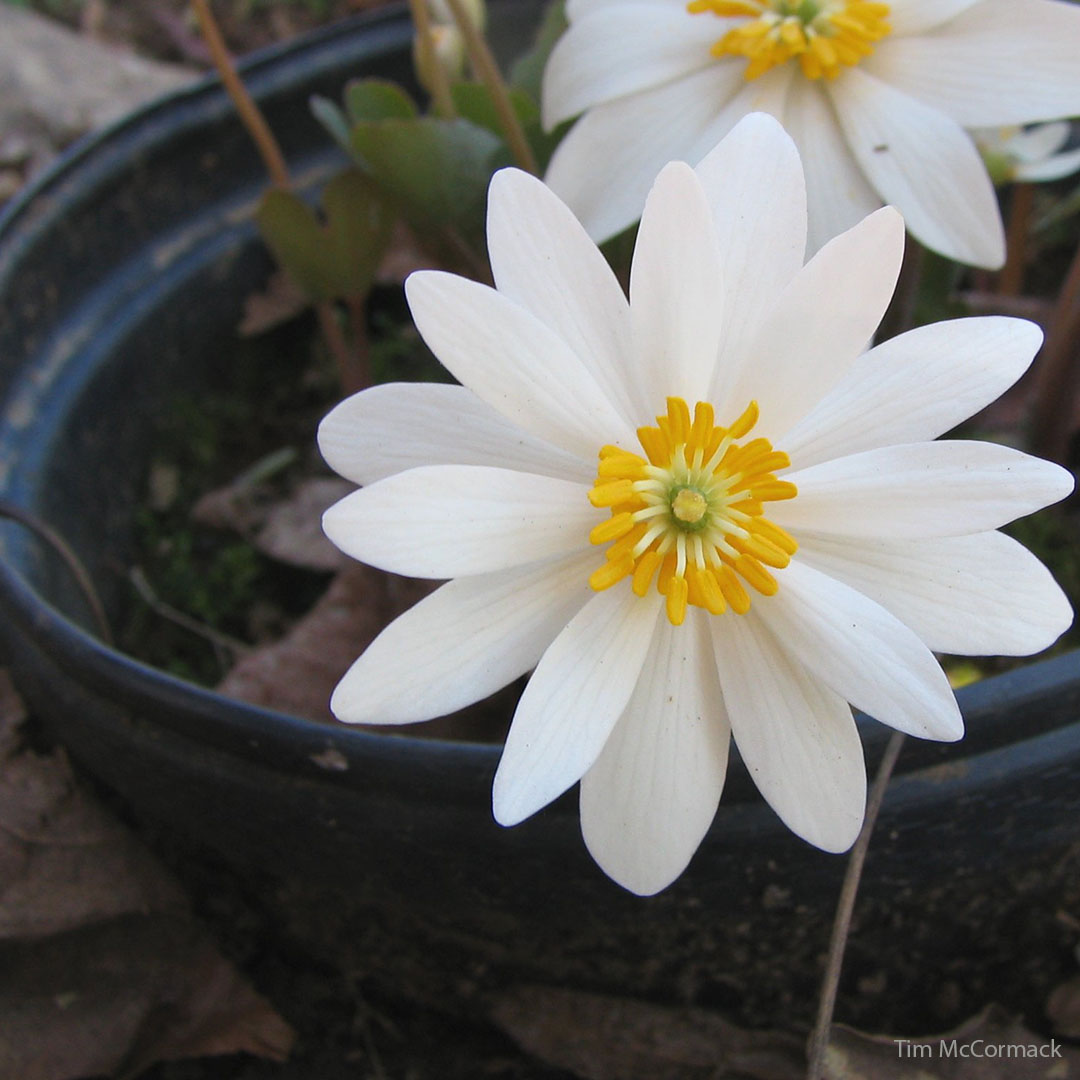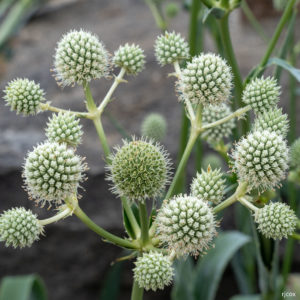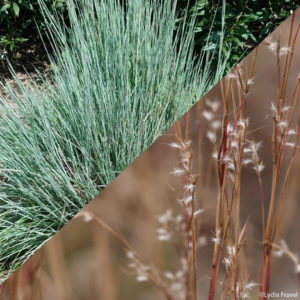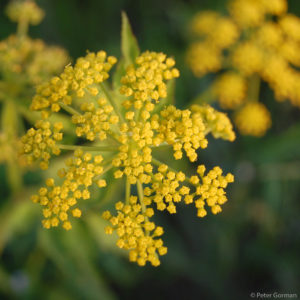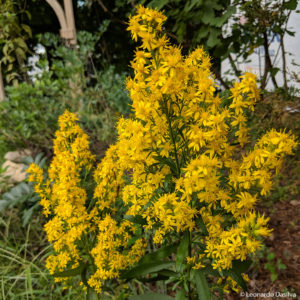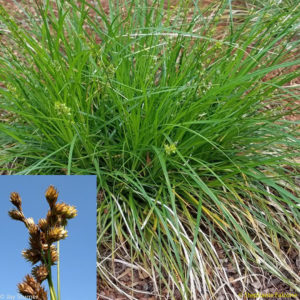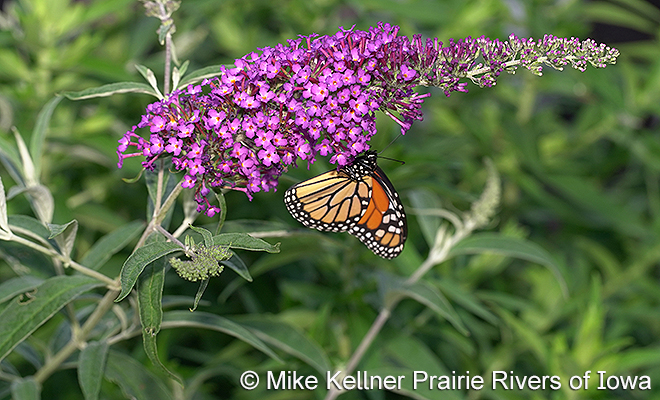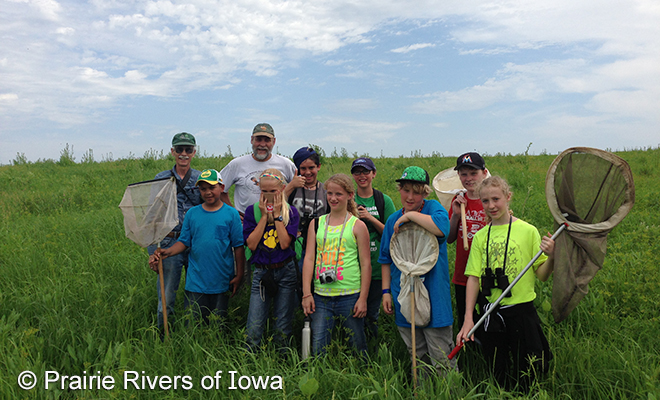
A Mother’s Love: The Race to Provide
A speck of sunlight warmed the face of a mother, causing her to wake and stand up. She took a few steps toward the sunlight, letting it warm her cold legs in her tunnel. Looking back at the wall of her nursery, she knew she had limited time to finish her work. Behind that wall was a row of rooms, one for each of her eggs. Each nursery room was provisioned with pollen and walled off from the others, providing a safe place to hatch, overwinter, and hopefully emerge next year. Her antennae started twitching excitedly. She tried beating her wings; they buzzed. She was warm and ready for another day’s work.
She cautiously peeped over the lip of her nest entrance. She was a metallic green sweat bee, and just last week she watched as a parasitic bee invaded one of her neighbors’ nests, ending the hope of a future generation from that mother. To keep all her efforts from being in vain, she had to leave and enter her nest in complete secrecy. She scanned the area around her, checking for someone perched on the tops of rocks or hidden in the shaded spaces between grass stems. So far so clear. She stepped out of her nest, allowing the sun to warm her entire body. Looking around once more, and seeing no sign of threat, she zipped off to start her chores.
Gathering pollen was her favorite chore. She had already started a new nursery cell; all there was left to do was to lay an egg and provide a provision of food. Using the sun as a compass, she navigated to a large patch of gold that she had seen yesterday. The yellow rays of one unoccupied flower caught her eye, and she flew into its center, landing on a blanket of brown bristles topped with yellow tufts of pollen. The buzzing of other insects at neighboring flowers reverberated in the air around her, and caused the flower to tremble even more in the breeze. The air was slowly growing cooler each day. It was taking her longer and longer to warm up enough to fly in the mornings. The frantic buzzing of other insects confirmed a sense of fear she didn’t quite understand. She sensed that she must hurry.
Thinking of her young ones back at the nest, she worked as quickly as possible, picking up pollen and snatching a mouthful for herself every now and then. As she moved across the flower, she let her body brush against as much pollen as possible. She paused periodically to comb this pollen from her abdomen, head, and feet to tuck it onto her back legs where she had thicker, hooked hair that was much better at holding pollen in place. The sun shone on, warming her even more. Through the race to gather and provide for her family, it was nice to be out in the sun and surrounded by velvety gold rays. The bristled brown underneath felt good on her feet and belly. Once she was through gathering here, she remembered a bright purple area that had looked promising.
After a while, the little sweat bee had as much pollen as she could carry. Pushing off the sunflower, she flew back toward her nest, only pausing once for a breath on a stand of purple flowers. Back on the ground, she felt around with her antennae until she found her own nest entrance. She peered inside her dark nest. All was quiet, just how she left it. She glanced behind her. No one had seen her; her family was safe.
As she pulled pollen off her legs and rolled it into a loaf, she had a sense that this may be the last nest she would finish. She felt much more tired compared to a few weeks ago. She was particularly proud of this nest: it was in a well-hidden location, its walls were smooth, and she had a good mix of pollen from different flowers within each loaf she had made for her children. Although she would never get to meet them, she was glad they would have all the nutrition they would need to start a successful life. She hoped they would find the yellow and purple flower patches. She grew more tired. Maybe one more pollen collecting trip before she turned in for the day.





